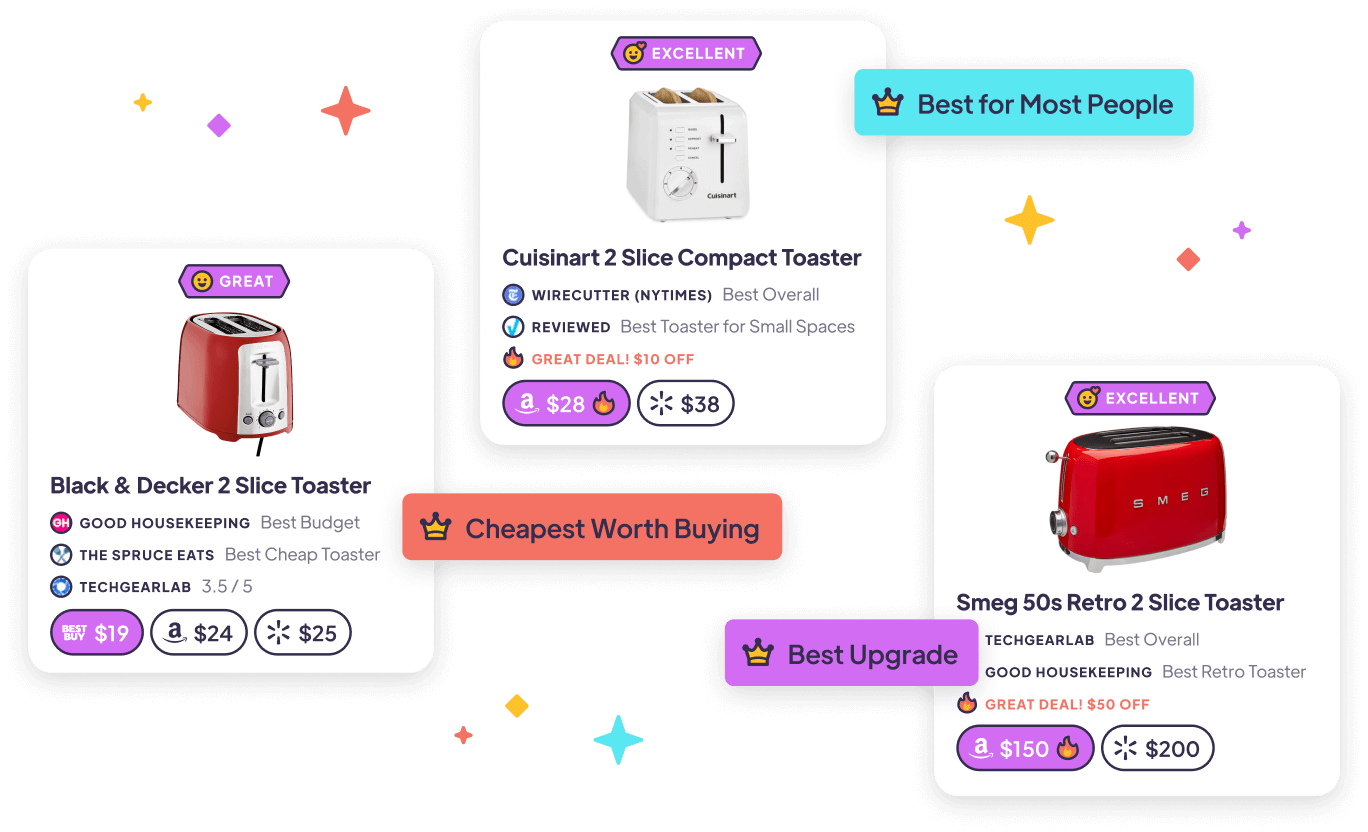What is the best alternative to Marko Widgets?
Top Pro
Top Pro
Top Pro
Top Pro
Top Pro
Top Pro
Top Pro
Top Pro
Top Pro
Top Pro
Top Con
Top Con
Top Pro
Top Pro
Top Pro
Top Pro
Top Pro
Top Pro
Top Pro
Top Pro
Top Pro
Top Pro
Top Pro
Top Con
Top Con
Top Con
Top Pro

Top Pro

Top Pro

Top Pro

Top Pro
Top Pro
Top Pro
Top Con
Top Pro
Top Con




